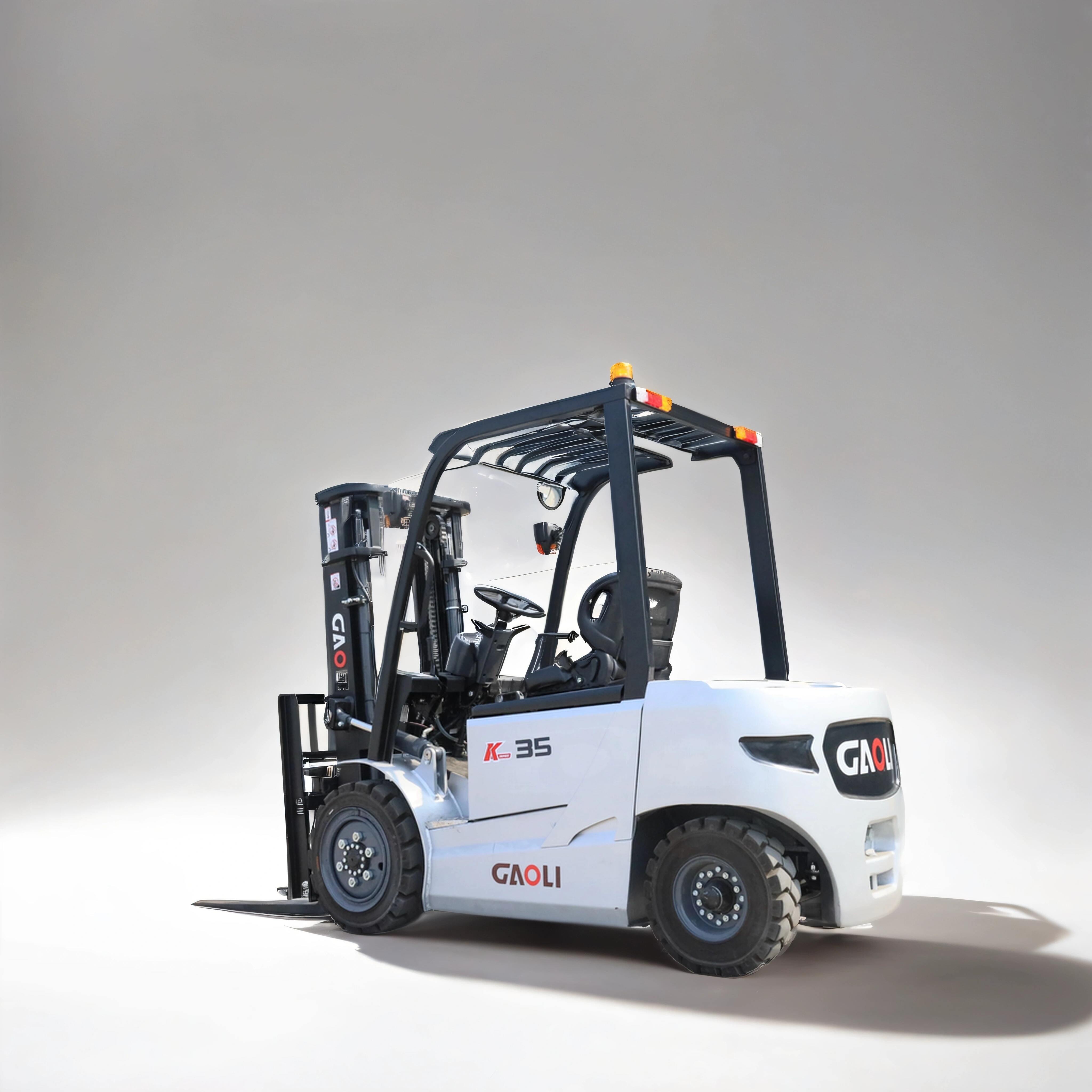forklift clamp attachment
The forklift clamp attachment is a versatile tool designed to enhance the functionality of standard forklifts. Its main functions include securely gripping, lifting, and transporting various types of materials that cannot be easily handled with traditional forks. Technological features of this attachment include robust steel construction, adjustable clamping force, and a variety of clamping surfaces to accommodate different shapes and sizes of cargo. Applications of the forklift clamp attachment range from warehouses and manufacturing facilities to construction sites and shipping docks, making it an indispensable tool for material handling across various industries.


